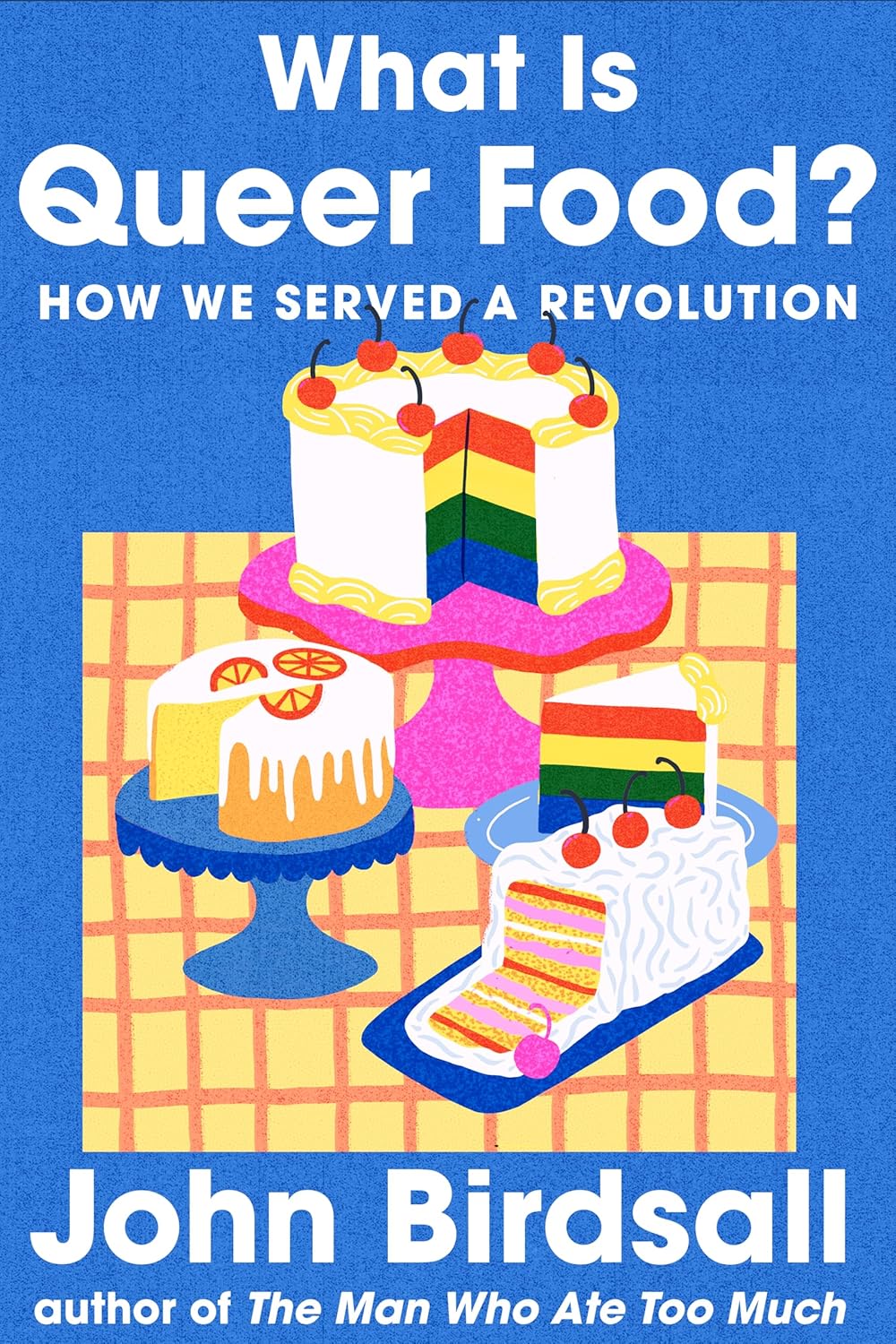

John Birdsall Author Event • What Is Queer Food?: How We Served a Revolution
A note about our in-store events:
We offer first come, first served seating in our shop. There will be overflow room outside if needed and the author will be mic'd. Everyone is welcome to attend.
You can pre-order a copy below for pick-up at the event or purchase copies on-site.
John Birdsall is the author of The Man Who Ate Too Much: The Life of James Beard and is the recipient of two James Beard Awards for food and culture writing. He lives in Tucson, Arizona.
Josh Decolongon is the audience engagement and content producer for KQED Food and Check, Please! Bay Area, as well as the host and producer of No Crumbs. A certified sommelier and former co-founder of Endless West, he also writes and edits The Sauce, KQED Food’s bi-weekly newsletter. Originally from Vancouver, Canada, he uses storytelling to challenge conventional ideas of authenticity and tradition while exploring his own Filipino heritage.
What Is Queer Food? - Food in America and Europe has long been shaped, twisted, and upended by queer creatives. Beloved food writer John Birdsall fills the gap between the past and present, channeling the twin forces of criticism and cultural history to propel readers into the kitchens, restaurants, swirling party-houses, and humming interior lives of James Baldwin, Alice B. Toklas, Truman Capote, Esther Eng, and others who left an indelible mark on the culinary world from the margins.
Queer food is brunch quiche à la Craig Claiborne, Richard Olney’s ecstatic salade composée, and Rainbow Ice-Box Cake from Ernest Matthew Mickler’s White Trash Cooking. It’s the intention surrounding a meal, the circumstances behind it, the people gathered around the table.
With cinematic verve and prose that dazzles, What Is Queer Food? is a monumental work: a testament to food’s essential link to a modern queerness that reveals how, like fashion or tastes in music, food has become a language of LGBTQ+ identity.
Order The Book
available for pick-up at the event or shipping worldwide

